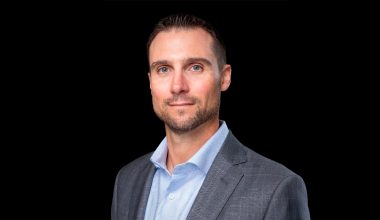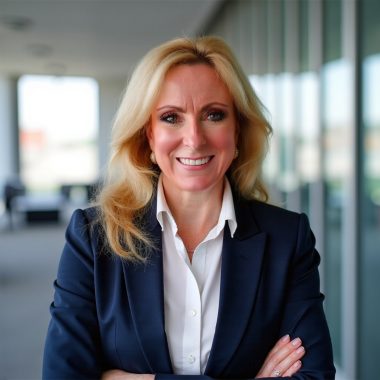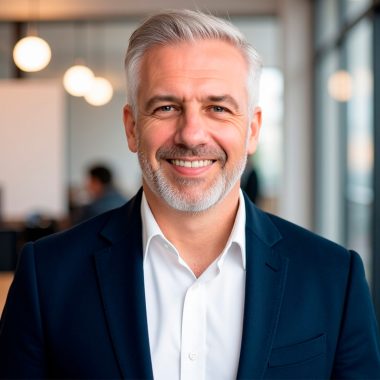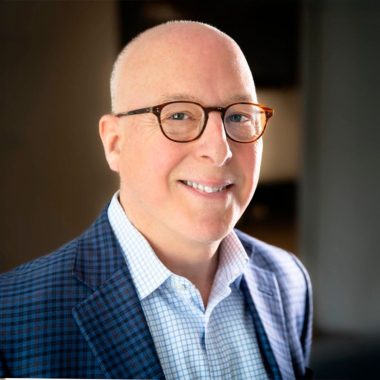Insurance education has a problem. Agents study PDFs, search for keywords during tests, and pass exams without actually learning anything useful. Treacy Duerfeldt spent decades in commercial insurance before he decided to fix this. His background includes deep work in construction risk education, and he saw the same issue everywhere: agents learned insurance jargon but couldn’t explain concepts to the people who actually needed to understand them.
Fixing How Agents Learn Insurance
Duerfeldt served on two national committees with the National Association of Home Builders. He noticed something odd. “The construction leaders, the builder leaders in the organization had an understanding of insurance from a legal perspective, but not from an insurance perspective,” he says. “And there’s a huge difference.”
Laws determine how claims get litigated and settled. But buying insurance, setting expectations, and communicating coverage requires different knowledge. “Insurance agents are being told about concepts, but they’re not told how to communicate those concepts,” Duerfeldt explains. Current education courses use PDFs that students can reference during tests. “When it comes time to take a test, you do a word search and you pass the test. How is that verified learning?” he asks. His platform takes a different approach. Quizzes every hour. All audio-visual content, so students can’t just rewind and look up answers. “My course is all audio-visual, so you don’t get a chance to hit rewind. Students take notes during the course and really learn the material.”
The Fat Man in the Bathtub
Some insurance concepts are genuinely complicated. Take “occurrence” in construction liability insurance. Duerfeldt uses a story that nobody forgets. A man buys a house from a builder. Three years later, he walks into his second-floor bathroom and sees the tile creeping up. The floor feels spongy underneath. He calls the builder, who tells him the warranty expired. An engineer friend checks it out and finds a pinhole leak from an incorrectly installed faucet. That faulty installation may be the occurrence. “There’s another example where the fat man didn’t catch it early enough. So in year five, he steps into the tub and it falls through the floor to the first story. Now that’s an occurrence, too,” he explains. “When you’re looking at which insurance policy is going to cover what kind of claim, you have to think about the fat man in the bathtub sometimes.”
The story works because it sticks. “As I’m telling the story, people are thinking, gee, how much water is this guy going to displace? Did he overfill the tub?” he says. “There was very little insurance jargon in that story.” That means agents can use the same explanation with contractors, speaking in language everyone understands.
Recognizing the Urgency for Modern Learning
Younger professionals grew up watching videos. “We’re not going to invite people into the insurance industry by pelting them with PDFs,” Duerfeldt says. “Those were great in the day called the 90s. But we’re in the 21st century, we need to wake up.” Many contractor clients take courses during their commute, making audio content practical. “They love reading, but doing so during their drive isn’t safe,” he adds. Technology helps, but real connection matters. “Real people want to talk to and relate to other real people when they’re learning,” he notes. Pre-recorded messages from actual people still feel different than automated content. He’s not focused on how AI will change everything. The focus stays on verified learning and practical communication.
Bridging the Gap Between Knowledge and Clarity
Duerfeldt’s central concern goes beyond test scores. “At the end of the day, if an agent can’t communicate what they’ve learned to their policyholder, will there be avoidable problems?” he asks. Agents who speak only in jargon lose clients. “The next guy who can tell a story, no matter the quality of the insurance policy or its price, is going to win.” New agents face a particular challenge competing against experienced specialists. He remembers his own early days. “I was in such a jargon mode that it took me years before I got the hay down where the goats could eat it.” His platform aims to shorten that learning curve, giving newer professionals tools to communicate effectively right away. He uses another concept to explain insurance sales. Picture a triangle with three corners: ease of use, coverage, and price. “You get to pick a dot in the middle. You don’t get to pick all three,” he says. If someone’s selling cheap insurance, they’ve compromised the other two corners. Understanding and explaining concepts requires real industry knowledge, not just passing a test.
Will the insurance industry adopt these methods quickly? Probably not. Duerfeldt had a conversation with venture capitalists 20 years ago about disrupting insurance education. His response was direct. “You do understand this is akin to pushing a wet noodle uphill, punching a block of jello,” he told them. “The insurance industry is built and reliant upon relationships.” Change will come slowly. “You can push a wet noodle uphill if you wait long enough for the sun to bake it,” he says. But it will happen. Some organizations are experimenting with live speakers, though on-demand models work better for busy schedules. “Don’t expect insurance to move fast,” Duerfeldt concludes. For now, he’s focused on helping agents learn to communicate, one memorable story at a time.
Follow Treacy Duerfeldt on LinkedIn for insights on reshaping how insurance professionals learn and communicate effectively.








